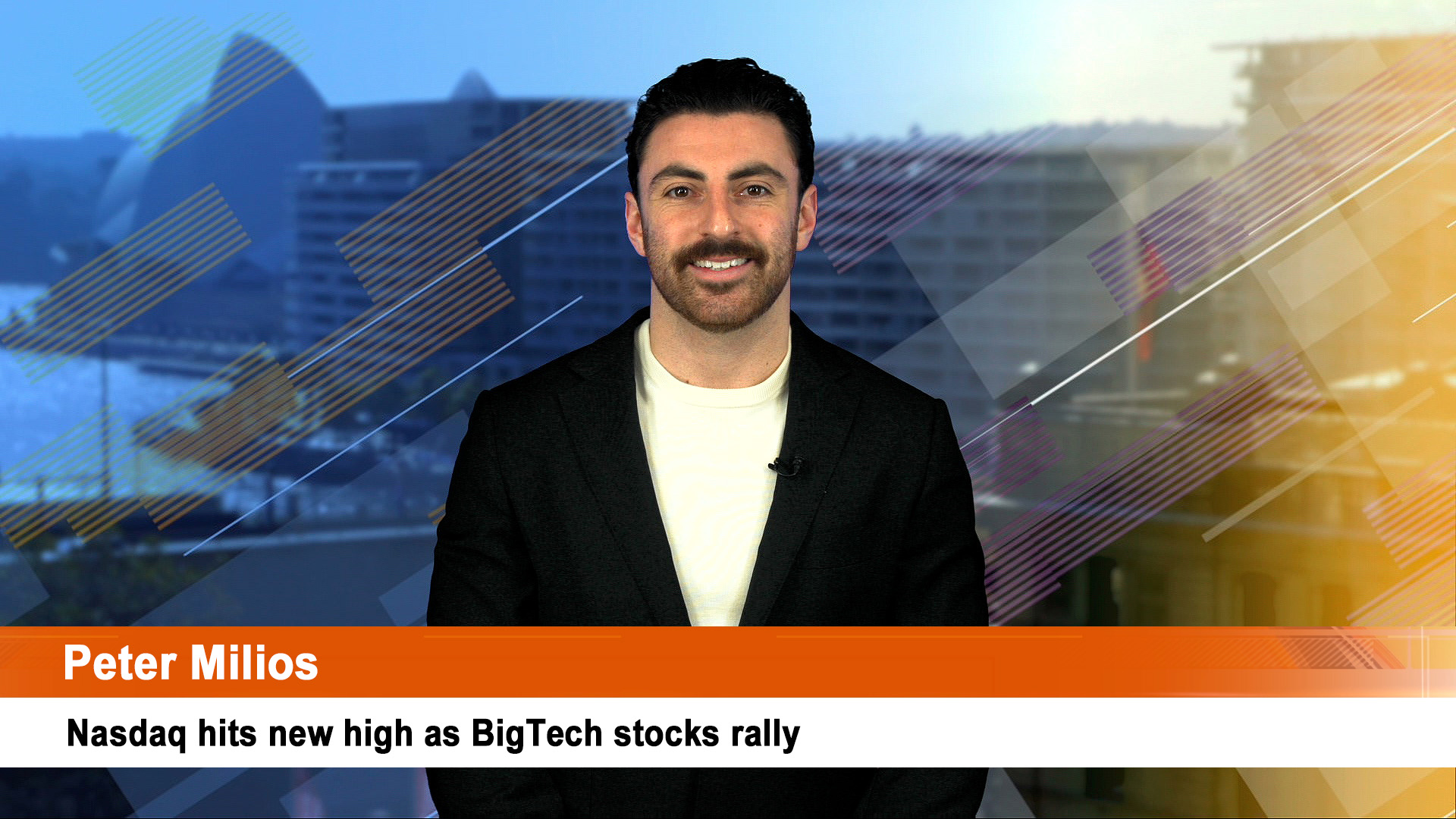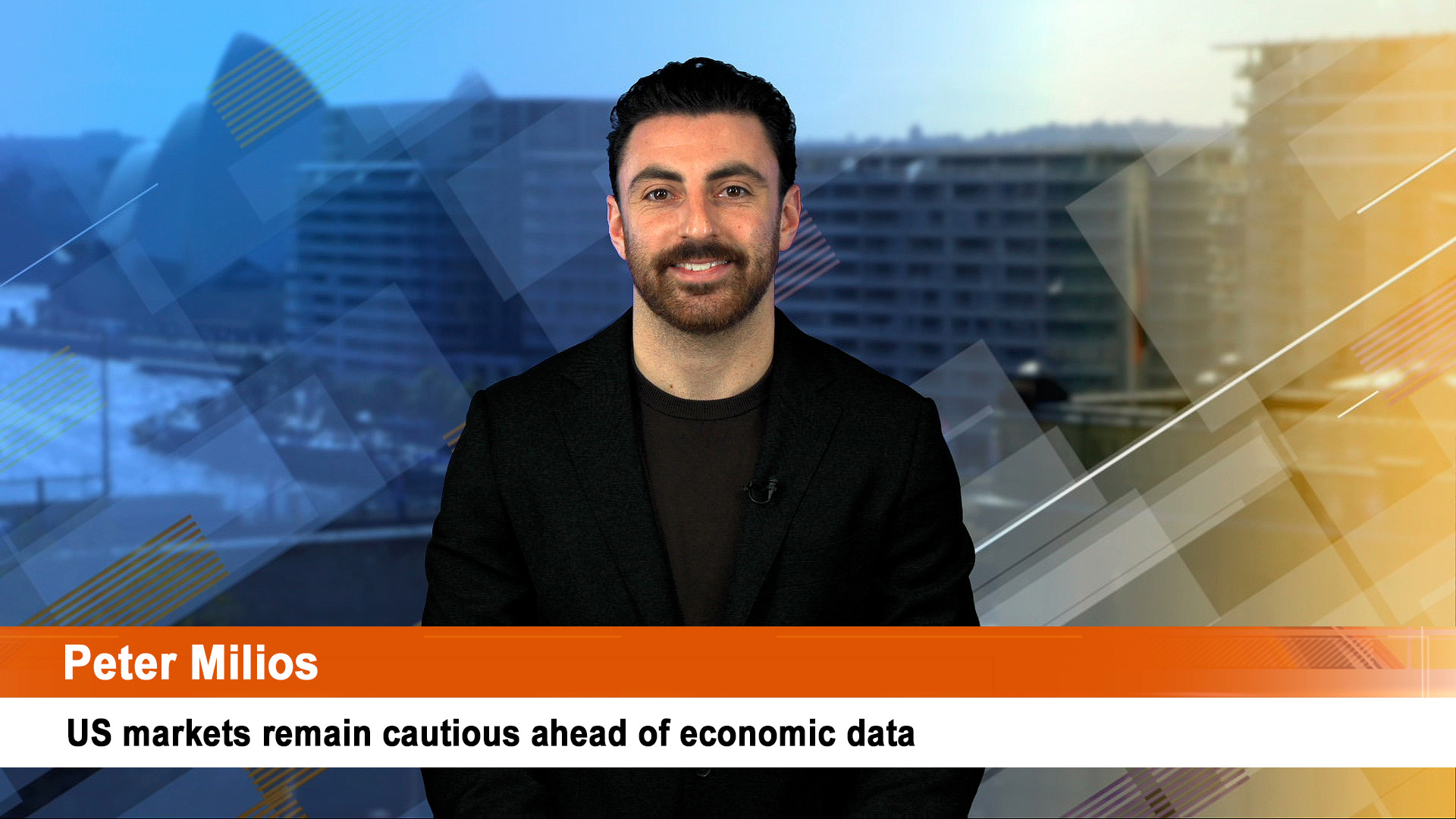The ASX outperformed a lot of bigger markets in January – despite endless stories about the threat of recession, a jobs bust, a wages-prices spiral, high interest rates, a looming home loan bust, inflation, weak retail sales and more.
You name it, analysts, economists, media commentators found plenty of threats to the local markets, and yet that was all hot air as the ASX stared 2023 in strong fashion, and continued it on the first day of February.
A so-called “Fed rally” and the China re-opening story took hold in January and managed to survive (in Australia) the shock of a sharp rise in inflation – both headline and underlying in the December quarter and an even larger rise in the month of December itself.
The ASX 200 rose 6.2% in January, (and added 0.33% on Wednesday); the Dow was up just 2.83% (as value stocks lagged) and the S&P 500 jumped 6.18%.
But the Nasdaq starred, shaking off the near 34% slum of 2022 and was higher by the shares of the tech giants to record a gain of 10.7%, the best for months. For that we can thank the likes of Apple, Amazon, Alphabet in particular.
Europe’s STOXX 600 rose 5.7% last month, China’s CSI 300 (with the top stocks on China two exchanges) was up 6.7%, the Hang Seng Index in Hong Kong gained 8.1% (both rises were a reaction to the China re-opening story).
Japan’s Nikkei added 6.2% but London’s Footsie 100 could only manage a 2.8% gain and was held back by political and economic fears in the closing days.
Among commodities, only iron ore (up 10% on the SGX commodities exchange) and Comex copper, up 11% showed any real positive reaction to the lure of China’s ending of its Covid restrictions and its re-opening.
US crude futures dropped 1.7% in January and Brent crude was down 1.6%. US gas futures fell 40% in January for a combination of reasons – warm weather (though there is now a freeze across much of the south) and weak demand from the LNG sector because a key export plant is still closed.
Comex gold added more than 6% and remained above $US1,900 an ounce while Comex silver could only manage a 0.5% rise for the month.
Chicago wheat lost 3.6% last month but sugar and coffee gained.
And for commodities, the losses will only rise in the next few months as we approach the first anniversary of the Putin invasion of Ukraine on February 24.
That will make it hard for the commodity bulls to make their case because oil, copper, gold, gas, coal, iron ore and a host of products (yes, wheat as well) will trade at prices this year that will be well under their levels a year ago.
In Australia, the sharp fall in December’s retail sales after a small but solid gain in November left investors cautiously wondering if the December slide is the turning point the Reserve Bank will note to slow its rate rises – there will be one of at least 0.25% next Tuesday, after a Fed rate rise and ones from the European Central Bank and the Bank of England.
But US and EU inflation is on the slide – especially in America, compared to Australia and that remains a worry, and yet so little did that disturb local investors that they wiped out 2022’s 5.5% slide with a 6.2% rise in the ASX 200 in January.
That was in part due to the spillover of the China re-opening story on major commodity groups like BHP and Rio Tinto, but also a surge in the price of major banks, led by the Commonwealth. In fact the CBS shares hit an all-time high of $A110 a share on January 31 9and another small rise and record close on Wednesday), just as the Financial Review was blaring a story warning about how “expensive bank stocks face spending hit”.
The CBA is a fortnight away from its interim results and an expected lift in dividend but the NAB, ANZ and Westpac are two months away from ruling off their interims and three months from reporting and yet they enjoyed a solid January.
CBA shares were up 8.9% in January, Westpac, just 4.3%, the ANZ saw a 9% rise and the NAB, an 8% gain. Woolies shares rose 9% as well, and Wesfarmers saw it shares add 9.2%.
But BHP led the way with its shares rising 8.9% and its market value to $A250 billion (the CBA was on $A185 billion and Rio Tinto, $A184 billion).
BHP alone was 10% of the ASX’s market value at the end of January which means it has the greatest influence on the performance of the Australian market of any single stock anywhere and dominates the ASX like no other stock does anywhere elkse in the development world.
And, in the face of all the sceptics, the Aussie dollar regained the 70 US cent level late in January and remained there to be up 4.8% for the month – a strong gain and perhaps more to do with market feelings about the need for more rate rises here and fewer in the US in 2023.













